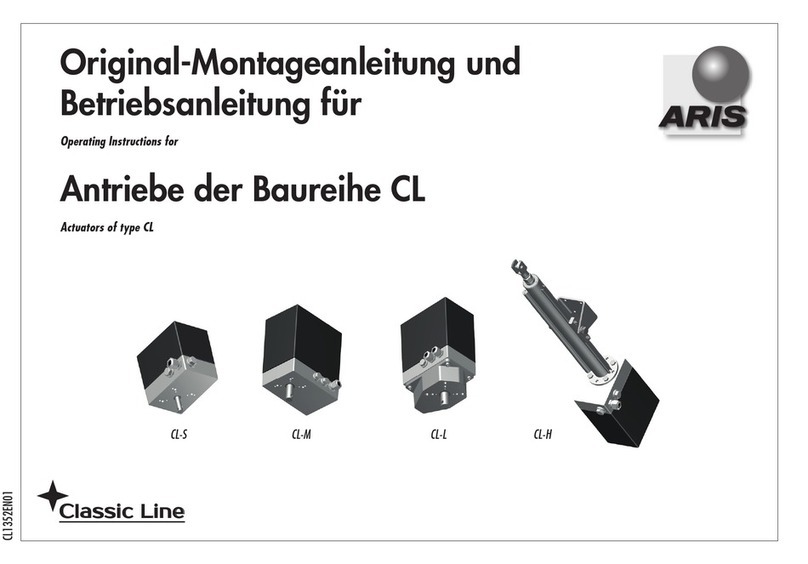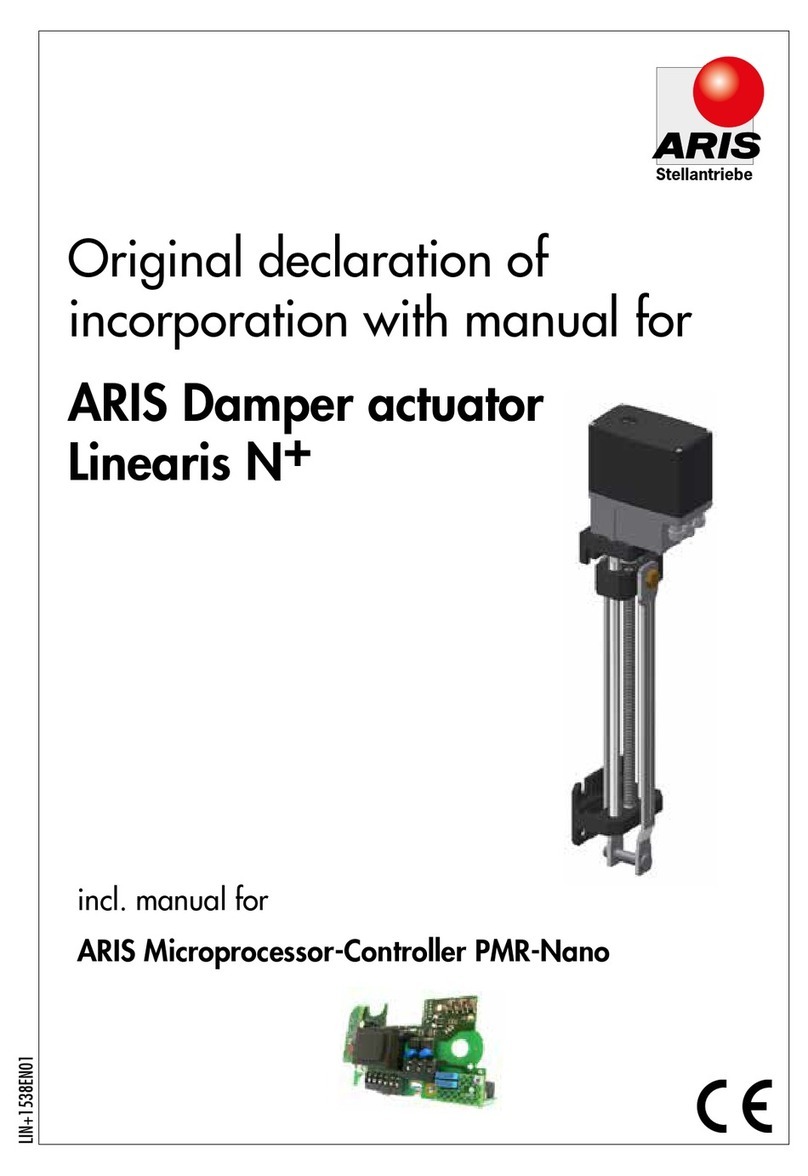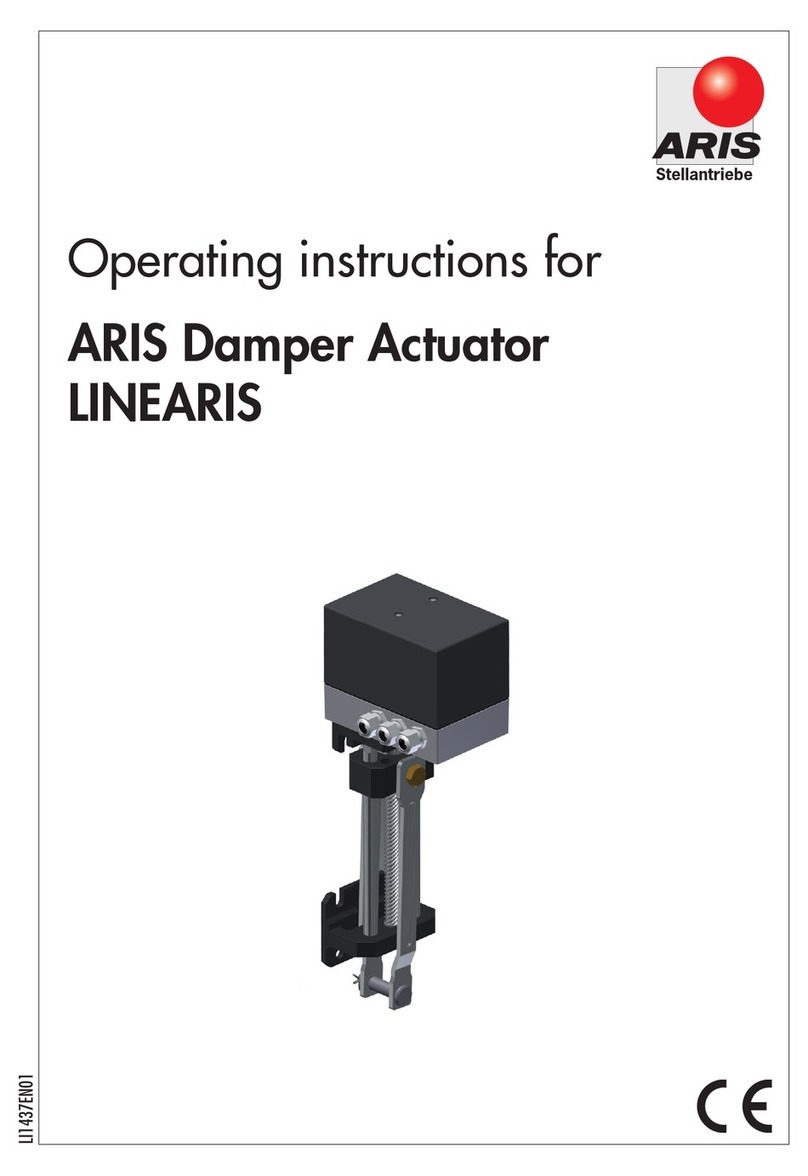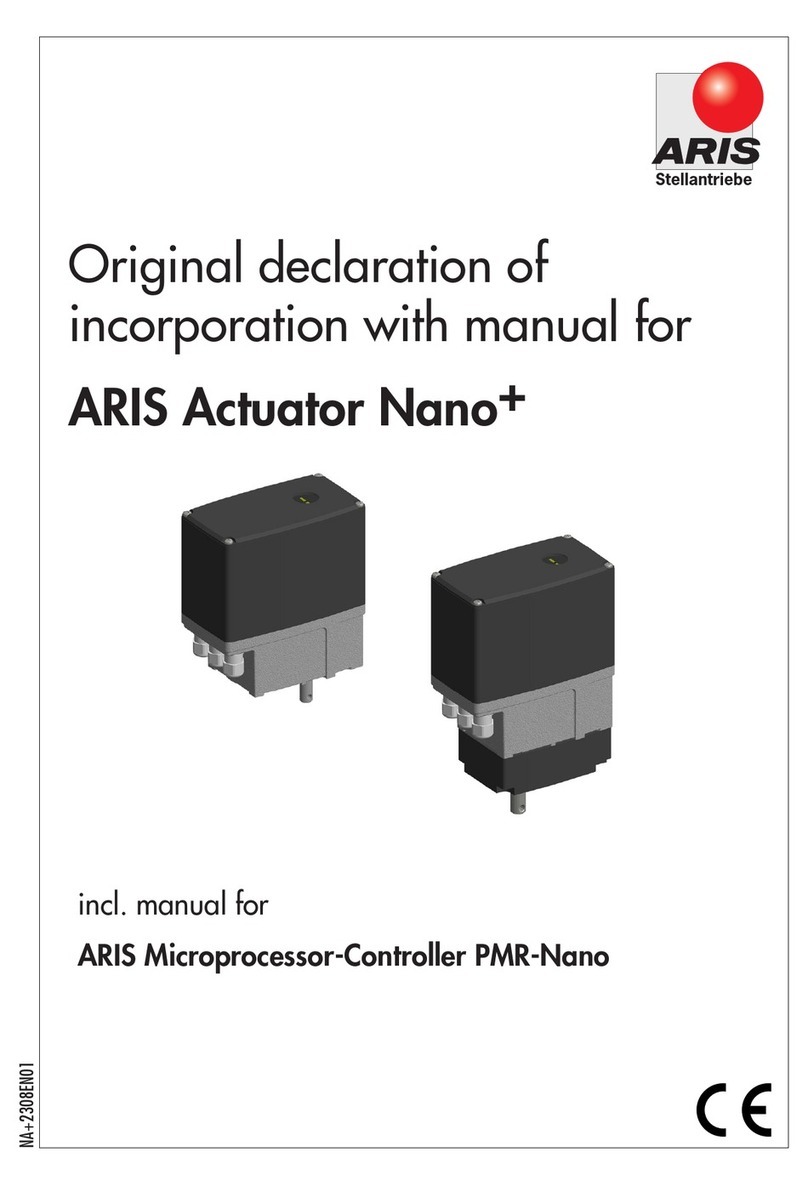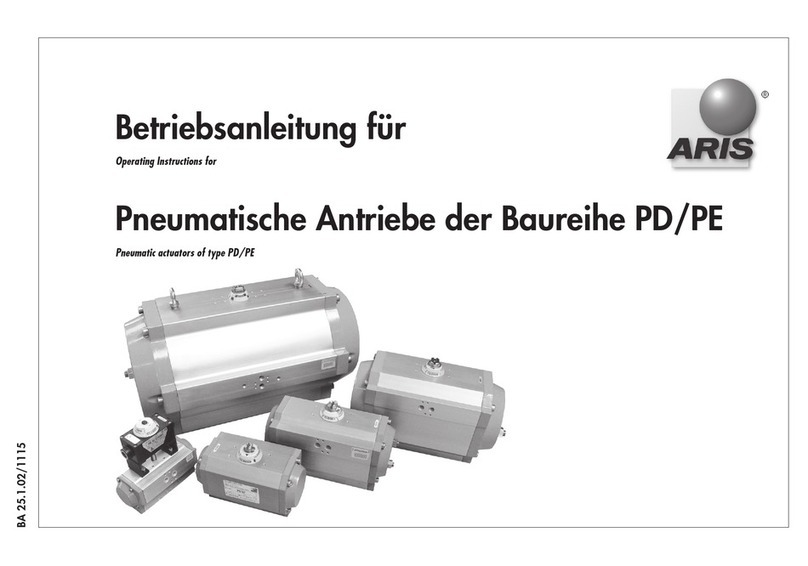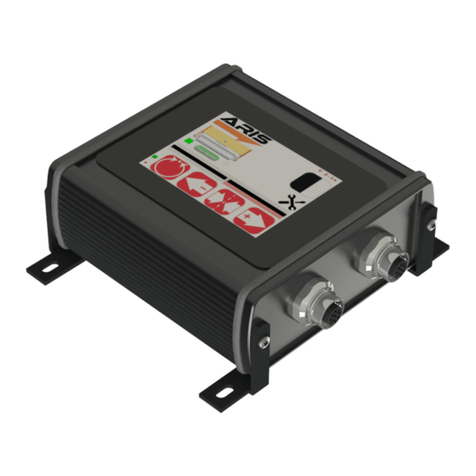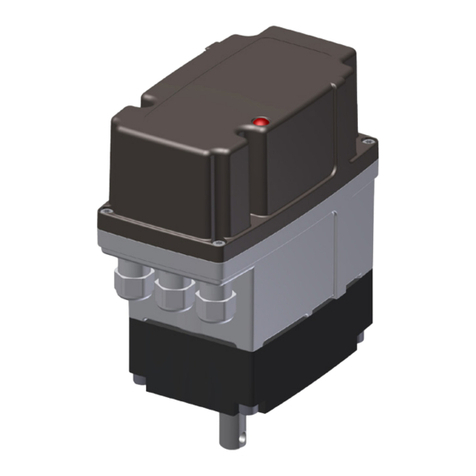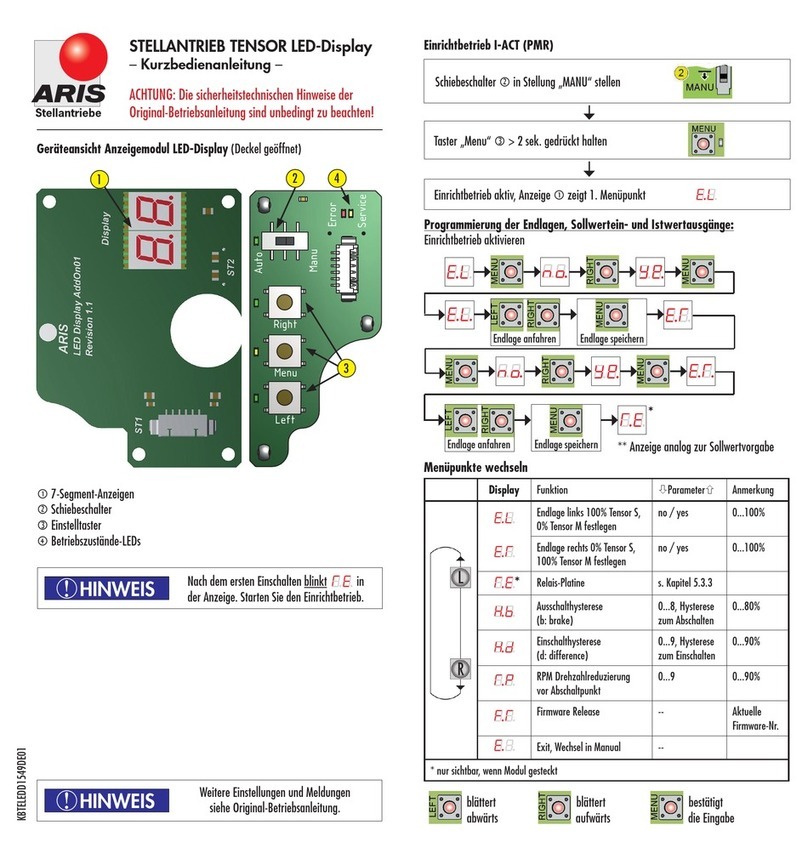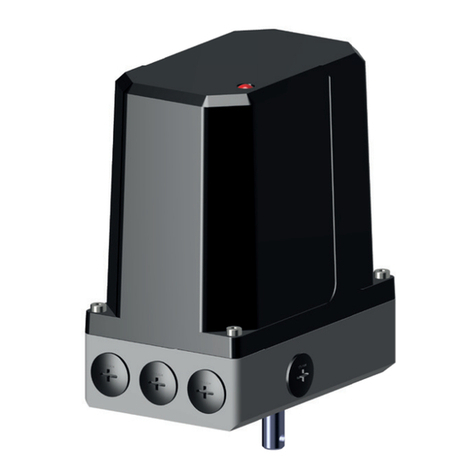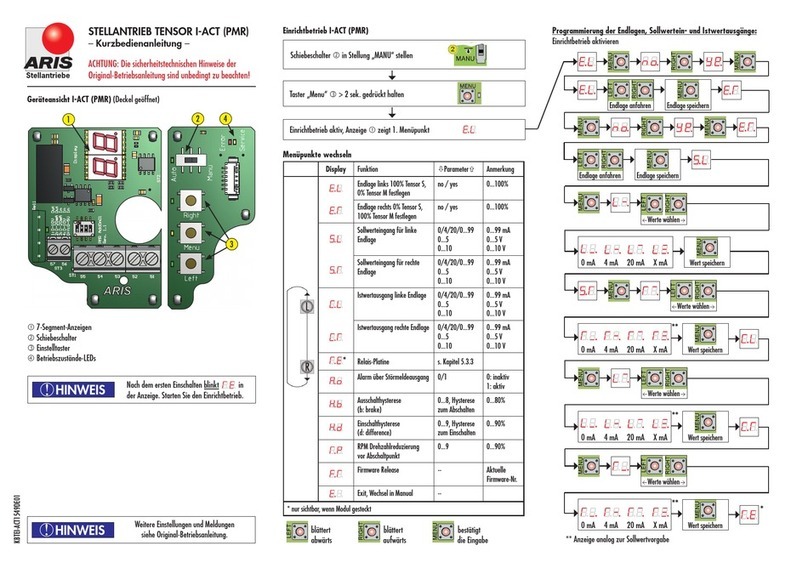
Table of content
Identication .............................................................................................................................................. 3
Nameplate............................................................................................................................................................................. 3
Guidelines and standards........................................................................................................................................................ 4
Safety information ...................................................................................................................................... 4
Warnings............................................................................................................................................................................... 4
General safety advices ........................................................................................................................................................... 4
Technical specication.................................................................................................................................. 5
Function and application areas (Intended use)......................................................................................................................... 5
Safe and accurate use ............................................................................................................................................................ 5
Dimensions............................................................................................................................................................................ 6
Performance data .................................................................................................................................................................. 8
Actuator specications ....................................................................................................................................................... 8
Specications I-ACT (PMR) ................................................................................................................................................. 8
Zusätzliche Weghilfsschalter (Relaisbaugruppe).................................................................................................................. 9
Expected lifespan and intended disposal.................................................................................................................................. 9
Actuator setup for utilization ....................................................................................................................... 9
Transport and (temporary) storage......................................................................................................................................... 9
Packaging.............................................................................................................................................................................. 9
Safe disposal of packaging..................................................................................................................................................... 9
Installation and mounting..................................................................................................................................................... 10
Initial operation................................................................................................................................................................... 11
Electrical connection......................................................................................................................................................... 11
Wiring diagram............................................................................................................................................................... 11
Actuator operation without controller and display module (Standard) ........................................................... 12
Operation............................................................................................................................................................................ 12
Buttons and switches........................................................................................................................................................12
LED displays.................................................................................................................................................................... 12
Programming the end positions (Setup operation)................................................................................................................. 13
Optional modules and extras................................................................................................................................................ 14
LED display module (additional board)............................................................................................................................. 14
Potentiometer (electronic via additional board) ................................................................................................................ 14
Additional auxiliary switches S1-S4
(add-on board)................................................................................................................................................................. 16
Operation of actuators with microprocessor controller I-ACT (PMR).............................................................. 18
Wiring diagram and pin conguration................................................................................................................................... 18
Congure controller connection ............................................................................................................................................ 20
Operation............................................................................................................................................................................ 21
Layout I-ACT (PMR) ......................................................................................................................................................... 21
Operation and display elements....................................................................................................................................... 21
Displays on the I-ACT (PMR)............................................................................................................................................. 21
Operation of the I-ACT (PMR).................................................................................................................... 23
Automatic and hand mode.................................................................................................................................................... 23
Operation modes............................................................................................................................................................. 23
Change operation mode................................................................................................................................................... 23
Automatic mode.............................................................................................................................................................. 23
Hand mode..................................................................................................................................................................... 23
Setup mode I-ACT (PMR) ...................................................................................................................................................... 24
Survey of menu items...................................................................................................................................................... 25
Menu items in detail........................................................................................................................................................ 26
Programming end positions ............................................................................................................................................. 26
Set value input for the end positions.................................................................................................................................26
Actual value output for the end positions.......................................................................................................................... 27
Fault message output.......................................................................................................................................................27
Hysteresis run (motor start and stop) ............................................................................................................................... 28
Speed reduction............................................................................................................................................................... 28
Required customer information................................................................................................................... 28
Extraordinary situations ....................................................................................................................................................... 28
Troubleshooting and repair................................................................................................................................................... 29
Maintenance ............................................................................................................................................. 29
Service ................................................................................................................................................................................ 29
Accessories........................................................................................................................................................................... 29
Spare parts.......................................................................................................................................................................... 29
